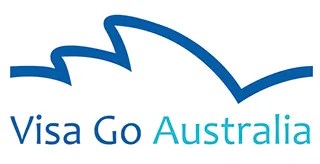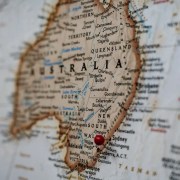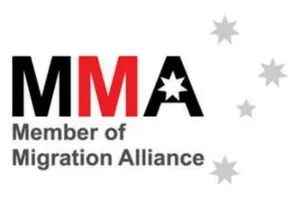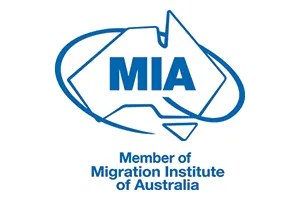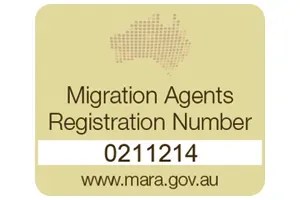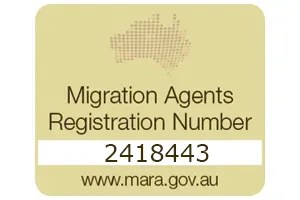Australia’s Covid Strategy – Re-opening the Borders
A look into how Covid has changed Australia’s immigration policies and how they plan to recover from the pandemic.
How Covid has impacted Australia
Since the beginning of the Covid pandemic more than 21 million Covid tests have been undertaken in Australia, with 30,685 confirmed cases and 910 deaths (people who died with COVID). In comparison, there have been 182 million cases and over 3.9 million deaths (people who died with COVID) globally.
In analysing Australia’s figures, understandably much of the world is seeing Australia as a world leader in this crisis. Most Australians have continued a ‘relatively normal’ life throughout, with small periodic lockdowns fewer and less constricting than other nations such as the UK.
Given so many countries are still suffering with Covid outbreaks, it is understandable that Australia is reluctant to open its borders to international travellers.
Australia’s Covid travel restrictions
In March 2020, Australia closed its borders to all non-residents and later introduced flight caps. Australian residents cannot currently leave the country without a travel exemption. Strict border controls, lower density living and wide-open spaces are the primary reasons for Covid not impacting Australia as severely as other nations. New Zealand adopted a similar approach, also managing to control the transmission of the virus. Considering this success, Australians are overwhelmingly reluctant to open their borders.
As time passes though, it is evident that keeping a country closed is untenable in as much as it is unpopular, with mounting pressure on the Government to let family members into Australia. In 2020 more than 7.6 million people living in Australia were born overseas. The largest groups of overseas-born residents were born in England, India and China. It is important for social cohesion that families be reunited; to enter and leave the country for compassionate reasons.
Currently, only immediate family members (children and spouses) of Australian permanent residents or citizens can enter the country. Parents are not included in the ‘immediate family’ category for travel exemptions. You can see full and current details on the Department website.
Australia’s plan to reopen borders
Australia’s Prime Minister Scott Morrison has released a media statement to confirm a National Plan to transition Australia’s National COVID-19 Response.
The plan consists of four phases, each designed to slowly reconnect Australia with the rest of the world as their population becomes vaccinated against Covid-19.
- Current Phase: Vaccinate, Prepare and Pilot – Continue to suppress the virus for the purpose of minimising community transmission
- Post Vaccination Phase – Seek to minimise serious illness, hospitalisation and fatality as a result of COVID-19
- Consolidation Phase – Manage COVID-19 consistent with public health management of other infectious disease
- Final Phase – Manage COVID-19 consistent with public health management of other infectious diseases
The final phase provides the most hope for international movement, when uncapped inbound arrivals may be permitted.
Essentially, the plan is that Australian lockdowns will cease, and their international borders will re-open as COVID-19 vaccination rates rise.
You can view the National Plan to transition Australia’s National COVID-19 Response here.
If you require visa assistance you can arrange a consultation with our licensed agent, or complete our free online eligibility assessments:
